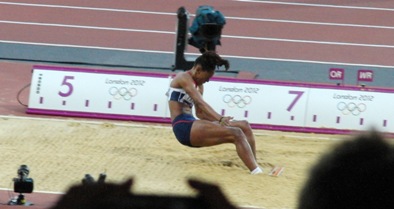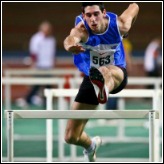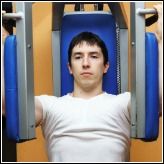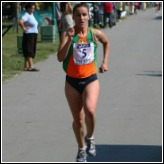Learn How To Jump Like A Pro
Learning how to jump is an important skill. Jumping is one of the most natural movement skills we have. It is so natural that at some time in our lives, every able bodied child can be seen jumping and skipping as part of natural play.
These playing movements are for many elite athletes the precursor learning opportunities associated with outstanding jumping performances later in life.
Jumping is a natural skill
Like running, jumping is a natural activity and most human bodies are designed to jump. It is however an intense activity which can be very stressful for the body and should only be practiced in short burst.
And although we are designed to jump, this does not mean that we jump correctly! Like all other bio-motor skills we can and should take the opportunity to learn how to jump correctly and therefore safely.
In real simple terms jumping is the transfer of muscular force to the ground by the sudden extension of the hip, knee and ankles joints. When this force is at a level where it is able to overcome your body weight, we are able to leave the ground and become airborne.
However, some of us are able to jump better than others, and this article is about how they are able to do that.
Many sports need jumpers

Jumping is involved in many sports. The most obvious of these are track and field events such as the long jump, triple jump and high jump. But other sports such as basketball and volleyball rely on jumping as a major ability for there sporting success.
Therefore recruiting athletes who have learnt how to jump properly is vitally important to these sports. Regardless of the type of sport you are involved in, the first thing you need to do is to understand what jumping is about and how to do it properly.
What is Jumping About?
If you are teaching jumping skills to pre-teenagers, you might take the following approach, as all basic forms of jumping will fall within the following categories:
Sequencing and combinations
- Multiple hops
- Multiple bunny jumps
- Multiple bounds
- Hop, bound, hop
- Hop, hop, bound
- Hop, bound, jump
- 1 foot to 2 feet to 1 foot etc
- Jumping with different arm action, i.e. double arms, arms to the front, arms to the back
- Gallops
- Jumping with action in the air i.e. star jump, tuck jump or catching
Landing effectively
- Landing quietly
- Landing to go again
- Landing to stop still
Teaching
the Skills of Jumping
As you can see there are many different components to effective jumping. Depending on the sport person’s age, you can take the following approach to get your message across:
All the above teaching methods will help the athlete learn how to jump by performing different jumping activities and more importantly, understand why they need to do it in a certain way.
From these basic skills the athlete will be able to perform a variety of jumping tasks and apply this knowledge to any sporting scenario such as the block in volleyball, the jump shot in basketball, the take off in the long jump, the bar clearance in the high jump or the landing in the hop of a triple jump.
Sign Up For The Latest Track And Field News And Improve Your Athletic Performance!
From "Learn How To Jump Like A Pro" Back To "Faster, Stronger, Better – Your Shortcut To Improved Athletic Performance"
Learn more about long jump







